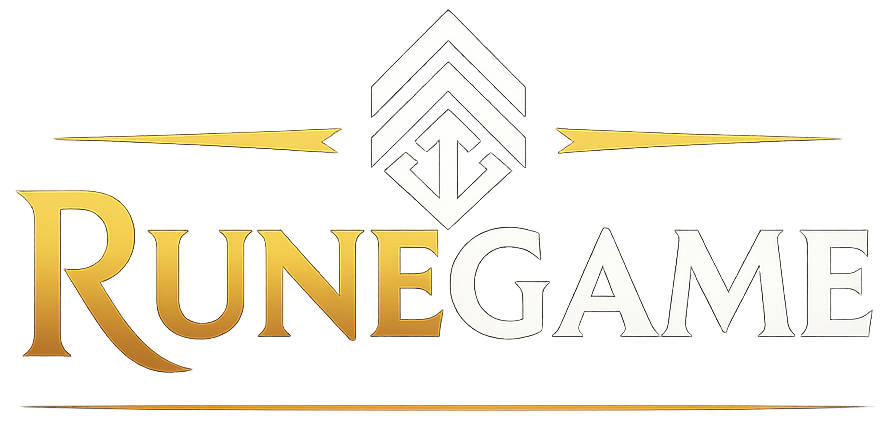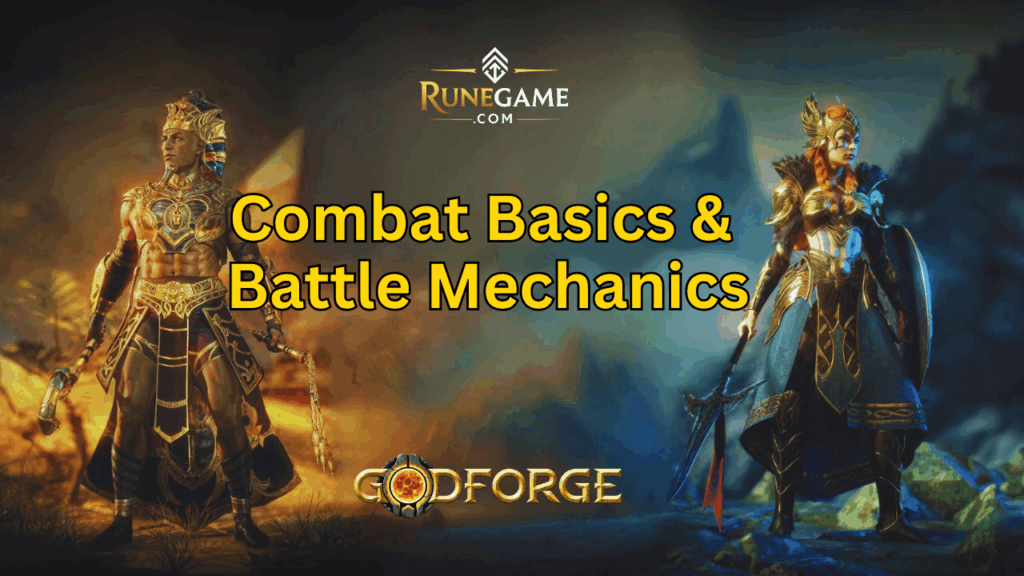Welcome to the Godforge guides —a turn-based RPG where gods, legends, and powerful heroes join forces in strategic battles. If you’re new, this guide will walk you through combat essentials and make your first fights and team builds easy to understand.
Understanding Combat in Godforge
At its core, Godforge blends classic turn-based combat with deep RPG mechanics. Each battle is a series of alternating turns where teams of heroes deploy skills, buffs, debuffs, and unique mechanics to control the battlefield and defeat opponents. Here’s what forms the backbone of every fight:
- Speed (SPD): Directly sets how fast a hero’s turn comes up.
- Turn Meter Boosts/Reductions: Some abilities grant instant increases or decreases to a unit’s turn meter, further controlling action order.
Initiative (INIT) does NOT influence turn order—this is a key distinction in Godforge.
Understanding INIT: For Ultimates Only
- INIT is a unique stat tied specifically to ultimate skills, not basic action speed.
- Gaining or losing INIT directly influences a hero’s capacity to generate divinty their ultimate abilities.
- Typical INIT-related buffs (e.g., INIT Up) are valuable for fueling powerful ultimates or meeting specific hero conditions, rather than acting faster in the turn sequence.
Example: Ankhesenamun’s basic skill grants her INIT Up I, making her more effective at using her ultimate—not making her next regular turn come sooner.
Hero Skills Overview
- Basic Ability – The most frequently used ability. Used by default when other abilities are on cooldown or not ready.
- Core Ability – A more powerful ability with moderate impact. Have a cooldown period.
- Ultimate Ability – The most powerful ability a hero can use. Requires Divinity to activate. Heroes gain Divinity over time (based on Initiative stat) or through events (like defeating enemies or other ). On Hero turn if ultimate is ready it can be used along with ability.
- Passive Ability – Always active or conditionally triggered. Does not require activation.
Leadership Bonus – Some heroes have a leadership bonus effect if they lead in the team.
Divinity System (for Ultimates)
Starts at 0 or some heroes have starting divinity also, builds up through combat and as per INIT stat in each turn. Certain heroes gain extra divinity from specific conditions (e.g., killing enemies, attacking enemies or even taking damage to themselves). Initiative boosts how quickly divinity accumulates. Weapons and gear may influence starting Divinity or its gain.
Status Effects (Buffs, Debuffs, and Disables)
Buffs (Positive Effects)
Buffs are positive status effects that grant significant advantages, such as:
- Attack Up, Defense Up, Speed Up, Crit Up, and Accuracy Up.
- Barriers and Shields for damage prevention.
- Specialty buffs: Initiative Up, Reflect, Revive-on-Death, etc.
Timing and timing is everything—well-timed buffs can save an entire squad or set up huge bursts of damage.
Debuffs & Disables (Negative Effects)
These are negative effects applied to enemies, including but not limited to:
- Damage Over Time: Bleed, Burn, Acid, Curse.
- Turn Denial: Stun, Freeze, Sleep, Petrify (prevent actions).
- Stat Reductions: ATK Down, DEF Down, SPD Down.
- Control: Taunt, Confuse, Despair, Vulnerable.
Some debuffs (e.g., Stun, Freeze) prevent an opponent from acting at all; others control whom they target or when they can act.
Here is full list of status effects in godforge – click here
Building Your Team: Faction, Archetype, and Affinity
Every hero’s performance in combat is shaped by their Faction, Archetype, Affinity, and Alliance:
- Faction: (e.g., Olympus, Aaru, Avalon) – influences synergy buffs and thematic combos.
- Archetype: (Slayer, Defender, Invoker, Brawler, Disruptor) – defines role, gear needs, and battlefield function.
- Affinity: (Strength, Wisdom, Cunning, Eternal) – creates a rock-paper-scissors dynamic for attack and defense.
- Alliance: Powers up lineup bonuses and cross-hero passives.
Combining heroes from complementary factions and archetypes can unlock hidden synergies and maximize strength.
Turn-Based Strategy Tips
- Opening Moves: Act quickly with fast heroes to debilitate threats or shield your team.
- Buff/Debuff Timing: Save cleanse, shield, or immunity abilities for power turns; stack debuffs on enemies before ultimates for bonus damage.
- Ultimates and Counterplays: Never waste ultimates when an enemy can block, counter, or reflect them—watch for disables or enemy retaliations.
- Divinity Management: Build Divinity efficiently and use it to trigger ultimates at pivotal moments.
- Synergy: Mix passives and actives—heroes who extend buffs, transfer debuffs, or join attacks multiply team impact.
- Adaptation: Read enemy compositions and adjust for threats: bring cleansing, immunity, debuff reflection, or focus fire as needed.
Conclusion
Mastering Godforge’s combat means balancing offense and defense, skillful buff/debuff management, and building lineups that exploit weaknesses in enemy teams. Leverage heroes’ strengths, anticipate enemy moves, and unleash your ultimate powers at the right moment—victory in Godforge belongs to those who best harness the deep tactical layers each encounter offers

